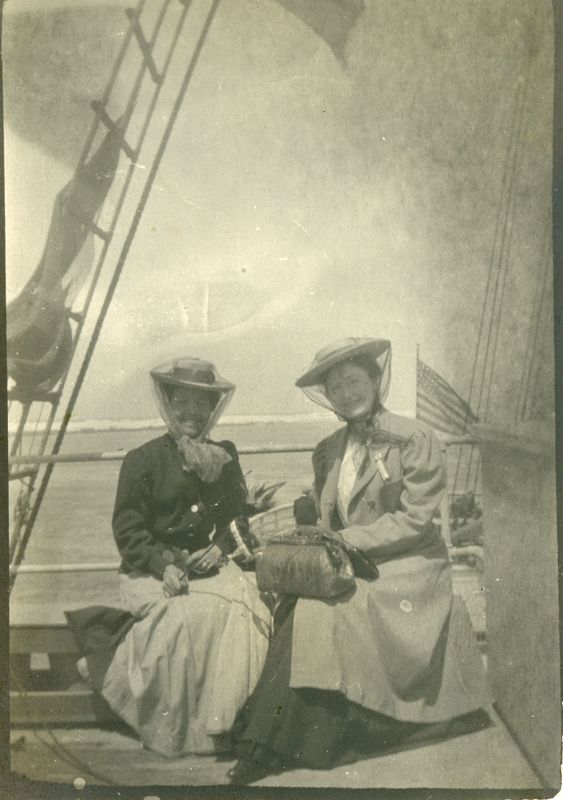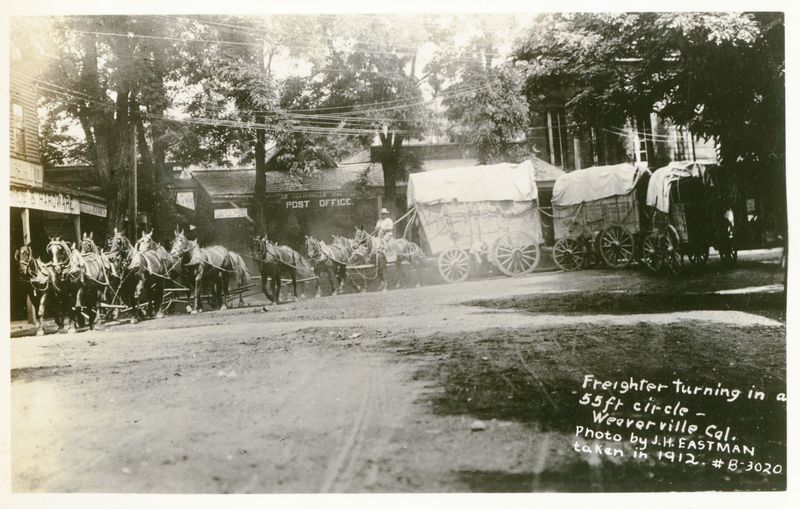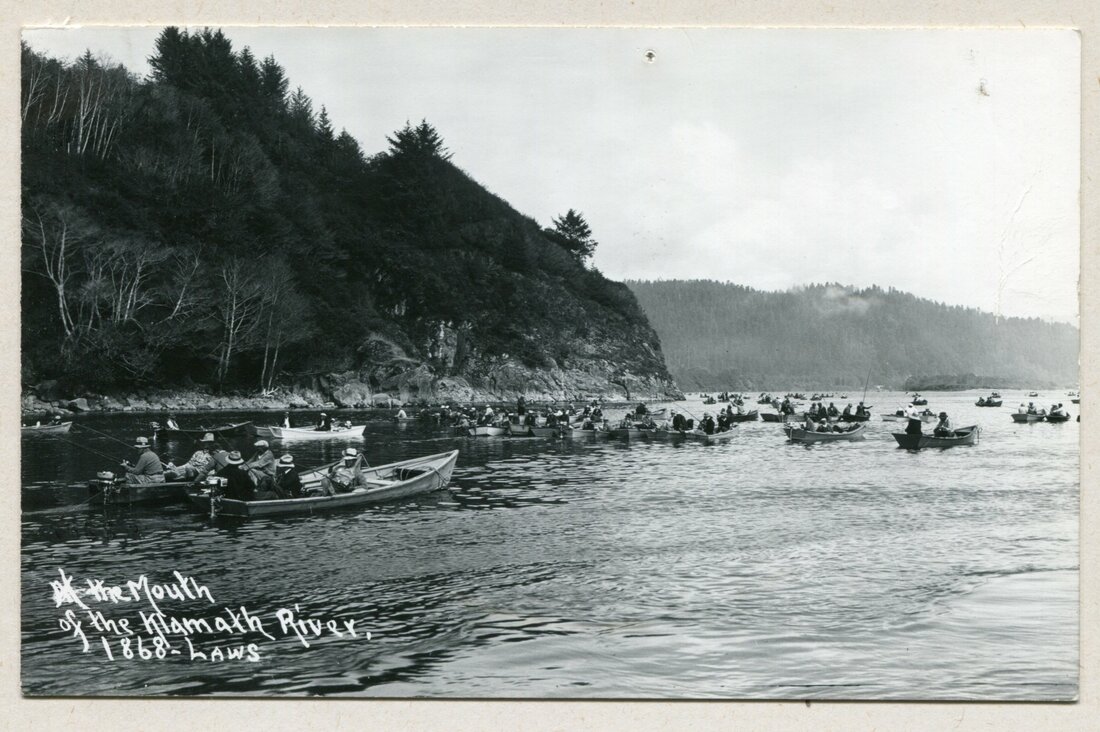The Role of Cultural Diffusion in Humboldt County’s Settlement
|
Despite its isolated appearance, the Humboldt County Region was (and still is) not isolated from the rest of the United States. In Anthropology (the study of humans), there is a term called cultural diffusion that refers to the movement of culture from one area to another through communication or migration. Manifest Destiny, westward expansion, imperialism and colonialism are all examples of this process, which spreads ideas and behaviors across a landscape. The gold rush period was no exception to this, and a majority of the people who made their way to Humboldt County came here specifically to strike it rich whether through mining, fishing, logging, dairying, or supplying the communities. This general mindset colored how industries functioned in the environment and, while it has changed over time with the realization that Humboldt County’s resources are not infinite, the mindset of abundant and unending wealth does persist in some environmentally-based industries here.
|
The geography of Humboldt County makes travel here incredibly difficult due to dense fog and rocky coastlines to nearly impassable forest. Its founding was mostly by chance but its settlement and expansion was closely tied to events happening in other parts of the central and northern California region and the skills, tools, ideas, and agricultural practices that came to Humboldt County were brought with the people who came here through cultural diffusion, such as monocropping, claiming homesteads, perspectives and policies towards Native Americans and those of Asian descent, and a focus on reaping as much wealth from the landscape as possible. Local industries, state-wide events, and US government policies like the Homestead Act and the Stone and Timber Act attracted people to this area from across the country and around the world, who settled here and established their own communities that fed into the existing, agriculturally based infrastructure and began expanding into more industries. In line with other parts of the country, early industry displaced indigenous groups during the establishment and expansion process early in Humboldt county’s history, negatively impacting the indigenous population while early industries such as logging and fishing benefited at their expense.



